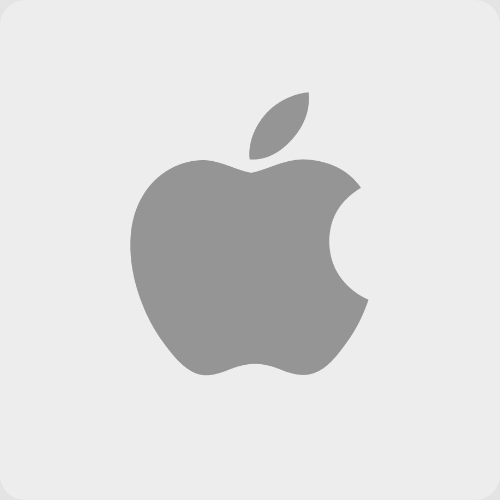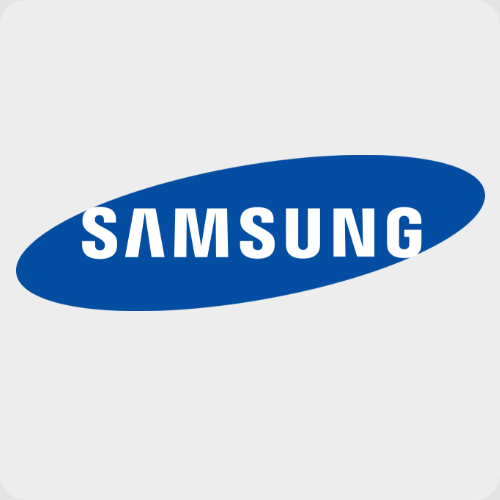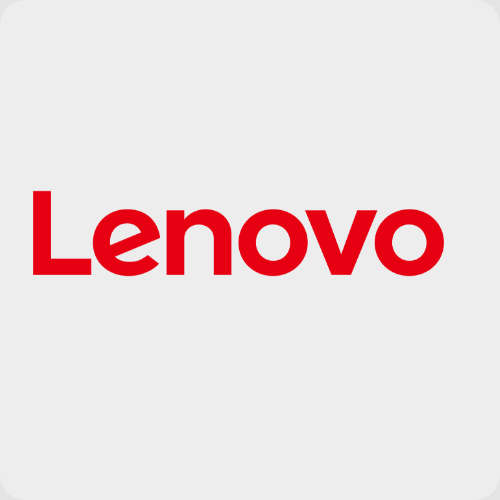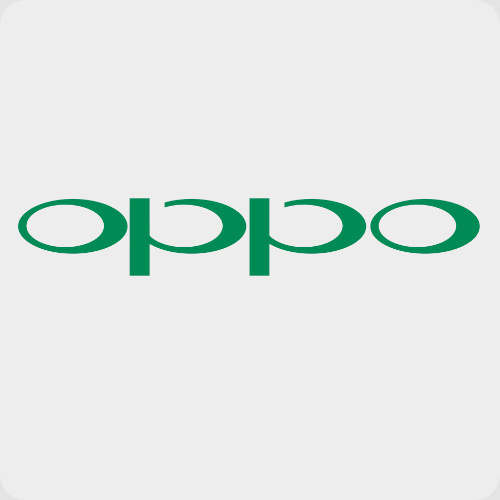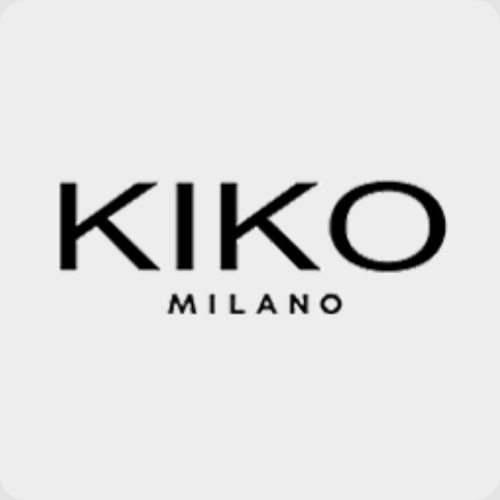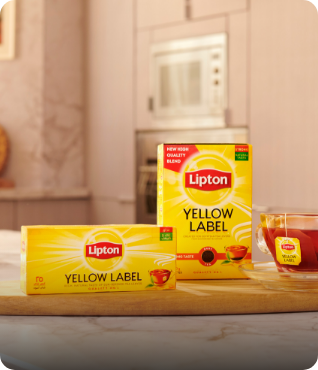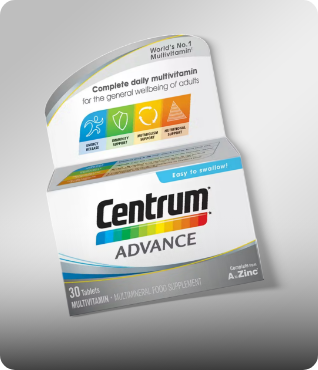Food Microbiology hardcover english - December 4, 2013
Now:
EGP 594.00 Inclusive of VAT
 Only 1 left in stock
Only 1 left in stock
Get it by 4 March



1
Free delivery on Lockers & Pickup Points
Learn more
Enjoy hassle free returns with this offer.
Specifications
| Publisher | Medtech Publishe |
| ISBN 13 | 9789385998447 |
| ISBN 10 | 9385998447 |
| Author | Adam M., Dick M. |
| Book Format | Hardcover |
| Language | English |
| Book Description | Microbiology can be defined as the biology of microscopic organisms, or life too small to be seen with the naked eye. Microbiology covers several disciplines, including virology (study of viruses), bacteriology (study of bacteria), mycology (study of fungi), and parasitology (study of parasites). Each of these disciplines may include but is not limited to studies of infectious disease-causing micro-organisms. Food microbiology is a subdiscipline in the field of microbiology concerned with the study of bacteria, fungi, and viruses that grow in or are transmitted by foods. While bacteria are frequently associated with food spoilage and food poisoning, some species preserve foods through fermentation or produce food ingredients. Food microbiology is a broad field that can include not only microbiology but also sanitation, epidemiology, biochemistry, engineering, statistics, and mathematical modelling. Thus, it encompasses the study of microorganisms which have both beneficial and deleterious effects on the quality and safety of raw and processed meat, poultry, and egg products. Modern food microbiology views foods as habitats where different organisms compete for survival. This book summaries the various aspects of Food Microbiology and contains 14 chapters. The present reference textbook of Food Microbiology is a complete treatise on this subject. It is essential reading for B. Tech. (Food Technology/Environmental Biotechnology /Microbiology) and students pursuing B.Sc./M.Sc. course in Biotechnology and Micro- biology. Besides students, this book will prove useful to industrialists and consultants in food processing/food technology. It also caters to the requirement of the syllabus prescribed by various universities for undergraduate and postgraduate courses in the above subjects. |
| Edition Number | An Introduction An Introduction |
| Publication Date | December 4, 2013 |
| Number of Pages | 418 |
Food Microbiology hardcover english - December 4, 2013
Added to cart
Cart Total EGP 594.00



